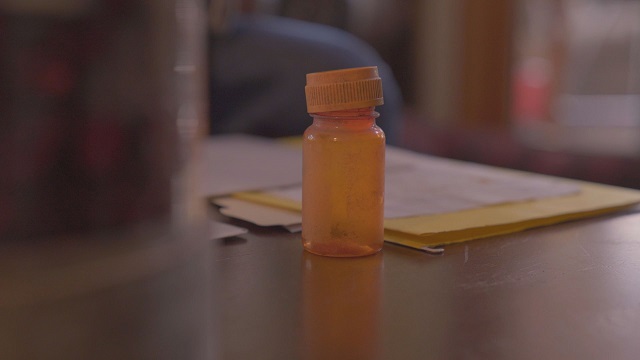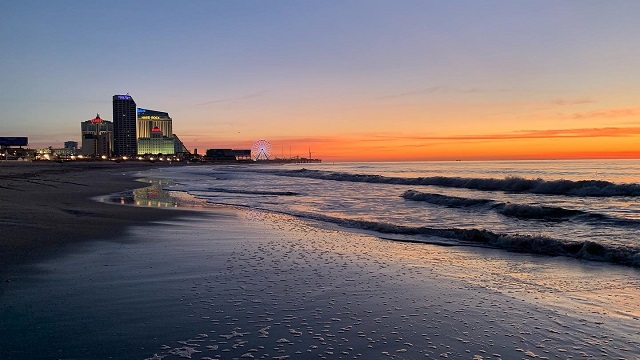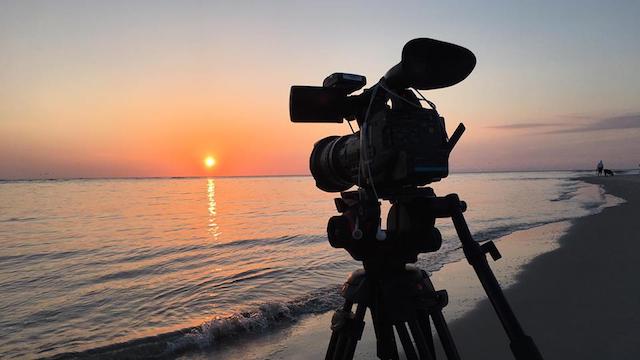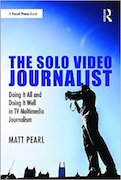Whenever I ask my boss for the go-ahead to fly for a story, I shake a little.
I don’t ask often. But when I do, I know I’m requesting an investment. A plane trip requires extra time, at least one additional workday if you combine both flights. It sends me beyond my market, for a story that must remain relevant for a local audience. Above all, it demands money: hundreds of dollars at minimum for travel, lodging, and food.
I know the stakes. So I never go too far with my requests. I research the cheapest flights and try to minimize my nights away, all while ensuring I give myself enough time to make the trip worth it. And “worth it,” in these cases, means gathering enough footage, interviews, and moments to allow me to tell memorable stories.
I got the chance last month, and I turned 23 hours into seven shoots, for a story that demanded each one.
An e-mail popped into WXIA-TV inboxes from a man in New Jersey who claimed to have found a message in a bottle along the Tuckahoe River. The letter, he said, was written by an Atlanta woman named Mary Carter, but he couldn’t track her down because “Mary Carter” is a relatively common name. He had been touched by Mary’s letter of prayer and didn’t want to give up his efforts to find her, so he reached out to us. I asked him to send me a copy of the letter, and within two hours I had located, contacted, and delivered the exciting surprise to Mary herself. I arranged an interview with her, and the man in New Jersey – a high school athletic trainer named Tom Connors – called in via Skype to say hello.
I hadn’t planned on traveling for the story … until I heard Tom and Mary’s conversation.
Mary’s “message in a bottle” wasn’t a frivolous note. It was a letter of prayer, written by a two-time stroke survivor who at the time was watching her elderly father suffer through pneumonia. On a quick trip with friends to Atlantic City, Mary wrote a series of prayers on paper, folded the paper into a pill bottle, and threw the bottle into the Atlantic Ocean.
Tom found the bottle – and its emotional letter – at his own point of prayer. Around the same time Mary wrote her message, one of Tom’s students had wound up on a ventilator with Guillain-Barre Syndrome. He had spent the last six months visiting his student, Amanda, in the hospital and helping her rehab back to full strength.

When they spoke via Skype, Tom and Mary realized how much they had in common. And so did I.
Driving back to the station, I called Tom to learn more, and I discovered a story that went far beyond Atlanta. I mused that I’d love to fly up to New Jersey for a day and shoot his side, but I didn’t know if I’d get the green light.
But I asked my boss. And I got it – by pitching a short, tightly packed trip that would maximize a minimal stay.


